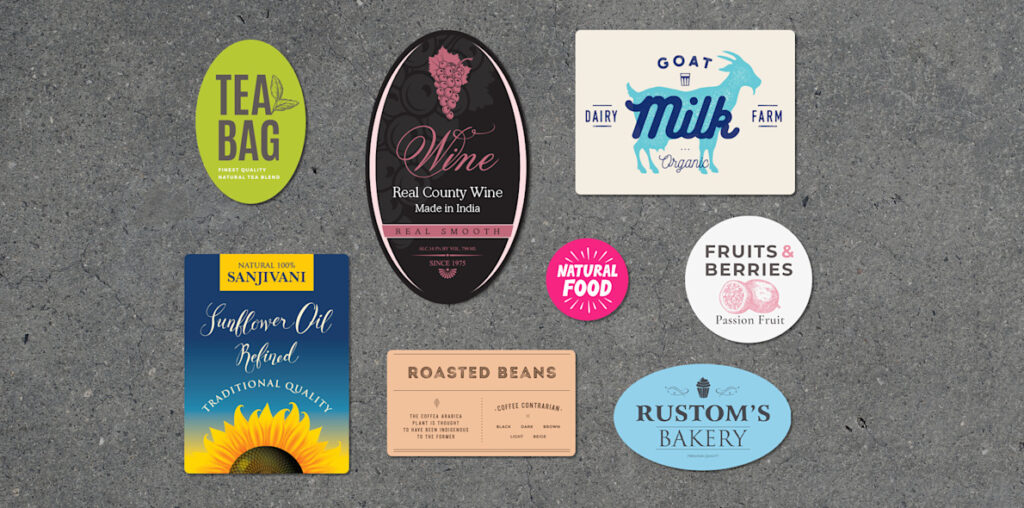Labels play a crucial role in branding and conveying information about products to consumers. When it comes to label materials, two common options are BOPP (Biaxially-Oriented Polypropylene) labels and PP (Polypropylene) labels. These materials have distinct characteristics that make them suitable for different applications. In this article, we’ll explore the key differences between BOPP and PP labels.
Material Composition
BOPP Labels: BOPP labels are made from Biaxially-Oriented Polypropylene, which is a type of plastic film. This film is known for its exceptional clarity, strength, and dimensional stability. BOPP labels are typically very thin and have a smooth, glossy surface. This makes them ideal for labels requiring high-resolution graphics and vibrant colors.
PP Labels: PP labels, or Polypropylene labels, are also composed of polypropylene material. However, they can vary in thickness and finish. PP labels can be found in both glossy and matte finishes, offering flexibility in appearance. They are generally a bit thicker than BOPP labels, which can provide added durability in some applications.
Appearance and Printability
BOPP Labels BOPP labels are renowned for their crystal-clear appearance, making them an excellent choice for products where label transparency is essential. They have a glossy surface that enhances the vibrancy of colors and graphics. The smooth finish of BOPP labels allows for high-quality printing, making them suitable for labels with intricate designs and fine details.
PP Labels PP labels come in both glossy and matte finishes, providing versatility in appearance. Matte PP labels are less reflective and offer a subdued, professional look, while glossy PP labels can provide a more vibrant and eye-catching appearance. The printability of PP labels is also excellent, making them suitable for various labeling needs.
Durability
BOPP Labels BOPP labels are thin and may be less resistant to certain environmental factors like moisture and UV exposure. However, they can still offer adequate durability for many applications, especially when protected from harsh conditions.
PP Labels PP labels are generally thicker than BOPP labels, providing added durability. They are known for their resistance to water, oil, and UV light. This makes PP labels a preferred choice for products that will be exposed to outdoor conditions or varying temperatures.
Application
BOPP Labels BOPP labels are often chosen for products that require a premium, glossy appearance. They are commonly used for labels on cosmetics, food packaging, beverages, and high-end consumer goods.
PP Labels PP labels find application in a wide range of industries, including food and beverage, pharmaceuticals, household products, and industrial labeling. Their versatility in finish and durability makes them suitable for both indoor and outdoor applications.
In conclusion, the choice between BOPP and PP labels depends on your specific labeling needs and product requirements. BOPP labels excel in providing a glossy, transparent look with high-quality graphics, while PP labels offer versatility in appearance and added durability. Understanding the differences between these label materials can help you make an informed decision for your labeling projects.

